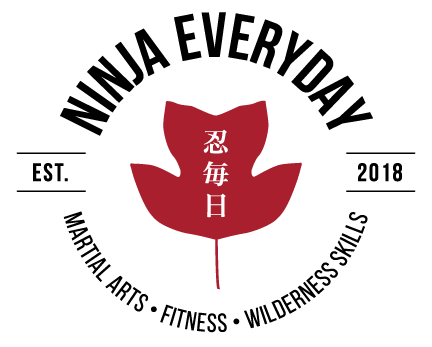Kuzushi “Taking or Maintaining Balance”
- April 16, 2022
- 1 Comment(s)
The term “kuzushi” is typically used in our dojo when we are referring to taking our training partners’ balance or striving to maintain our own. The implications of proper kuzushi awareness cannot be overstated.
- Kuzushi as a “disrupt”. We have our “5 D” kata model in To-Shin Do; Discern, Defend, Disrupt, Deliver, and Discern. The “disrupt” piece of the equation typically results in the attacker being moved (as opposed to the “defend” portion of the 5 D’s where we move ourselves to a safe position) can be achieved through a well-placed strike, threat toward the opponent’s eyes, skillful use of ki-ai, a movement into the opponent’s center that results in their balance being compromised, or a movement that draws our attacker out into a point of overextension, that, again, results in a loss of balance. Once they are fighting for their balance they are no longer fighting you.
- Kuzushi with regard to takedowns or throws. Two things need to be in place for a person to fall; a loss of balance and an inability to reestablish their balance. If a person is in a position of solid balance the only ways that you could throw them would be to slam into them so hard that you knocked them to the ground or picked them up to throw them down. In contrast, if your opponent was off-balance, a simple trip, pick, or weight shift would be all that is required to finish your throw. If someone is already falling or hopping to prevent a fall they are quite literally weightless. I had a jiu-jitsu coach of mine illustrate this so clearly to me one day, many years ago, while we were “doing takedowns”. As we tied up with fairly traditional gi grips and braced into the push and pull attempts at balance breaking and position advancement I slid my right leg forward as bait. My coach took the bait and shot in to wrap up my leg… I thought. I shot my legs back in a short sprawl thinking that I was going to stuff my coach’s takedown and wind up on his back. But, I had overreacted to a fake shot and before I could process what had happened I was landing on my back, hard, after my coach had thrown me with a textbook “drop seoi-nage” and all I could do was smile.
- Kuzushi with regard to sweeps. If we look at sweeps as throws that we can do from the ground (I think that point is really worth pondering for serious martial artists) then it’s clear the impact kuzushi considerations make on the whole process. To avoid being swept we must maintain control of our balance, or “base”, and to successfully sweep we must break or take our opponent’s balance. Weight shifts, misdirection, traps, and structural attacks can all be utilized with great success to disrupt an opponent that we want to sweep. Guard is cool and all but who wants to be on the bottom?
- Kuzushi’s relationship with Kamae. Proper kamae results in strong balance and good balance is critical for powerful kamae. Where your weight settles, how you utilize your balance in gravity to not only stand firm but move effortlessly. Subtly pulling your shoulder back to off-balance you to the rear, generating the backward movement with not much more than a thought. Followed by a catch, cushion, and forward shift. Finally, fall forward into your counter strike to add your body weight to the power generated by your hip rotation and arm extension. Solid kuzushi is necessary for solid kamae.
- Mental Kuzushi. In terms of unbalancing an opponent, it is easy to only consider the physical methods. However, mind games, psychology, and illusion have always been a tactic to gain the upper hand in a conflict.
Part of our To-Shin Do curriculum deals with the “Happo-Biken” of the Kukishinden Ryu family fighting system. The “Happo-Biken” translates to the eight secrets of the sword and is usually shown as a series of sword “kata”. These exercises are much more than sword techniques though. When one watches the kata demonstrated, several of the highly advanced techniques look physically simplistic. The lesson however lies in the strategy utilized to promote and ultimately cause the attack that you seek to manifest. How much easier would an attack be to respond to if you knew what it was going to be and when it would be launched.
What other martial art deals with that? What other training allows you to practice in a repeatable and tangible way, faking out, drawing out, and psyching out an opponent?
From Takamatsu Sensei to Musashi, psychological manipulation has been utilized in martial arts for as long as they have existed. Don’t overlook these tools in your training. Avoiding this practice can leave you unprepared and susceptible.

One comment on “Kuzushi “Taking or Maintaining Balance””
Thank you for these insights!
I continuously draw on the two times I had the opportunity to attend your training in chandler Az.
Have fun Sir.